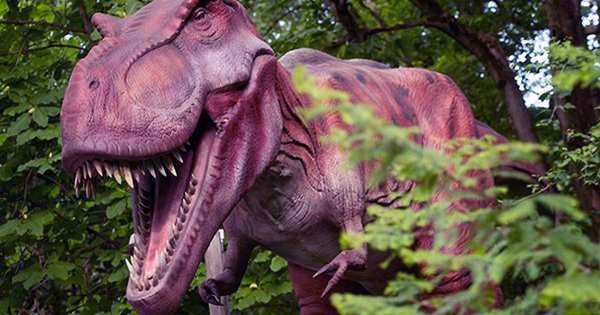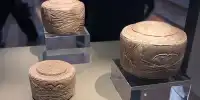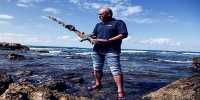Paleontologists have long believed that the Chicxulub crater reduced the number and diversity of dinosaurs before the asteroid arrived. The reasons for this have been much debated and the observation was even used to cast doubt on the theory that the asteroid effect caused the extinction of dinosaurs (birds aside). Yet the whole idea can be a delusion.
Prior to the discovery of a giant far away in Mexico, widespread belief in the extinction of long-lived dinosaurs led many to offer a gradual explanation for their widespread extinction, such as mammal competition. Even once the evidence of asteroid impact became overwhelming, many argued that the way it came out accelerated the end for the animals.
Joe Bonsor studied each large group of dinosaurs for a doctorate at the University of Bath and looked at the rate of production of new species towards the end of the Cretaceous. He concludes that the news of the slow death of dinosaurs is much exaggerated.
The images in the fossil record make it challenging to measure the measured volume of any family of long-dead animals over time. “Largely irreversible biases and lack of data on fossil records can often show species degradation, but this may not reflect reality,” Bonsor said in a statement.
It has statistical techniques to try to address, allowing for periods where there were not very good fossil-conservation sites or those that existed are now relatively accessible. However, some predecessors have debated the conclusions reached, arguing that they contain preferential models that are compatible with many new species.
“Previous studies have used different methods to draw the conclusion that dinosaurs would have died anyway because they were falling towards the end of the Cretaceous period,” said Bonsor. “However, we show that if you expand the dataset to include a wider set of more dinosaur family trees and dinosaur species, the results do not reach this conclusion – in fact, you do about half of them.”
Bonsor and co-authors have analyzed the rate of new species formation in the Royal Society Open Science Journal rather than the number of species apparently present at a given time. While some dinosaur families may be asteroid less and even extinct, sourwoods are the most notable example. It was recently discovered that others, including hadrosaurs, were on the rise in Africa just before the effects, and today the situation could be as influential as it once was.
Bonus is not the first to challenge the notion of late-Cretaceous species depletion. Last year, a research paper noted that most of the evidence comes from western North America. The time that divided the continent west of the sea lanes as a result of the change of circumstances meant that an illusion was created of the loss of a small amount of fossil-bearing species 755 to 66 million years ago. Moreover, European sites have never been seen as a downward trend.
















